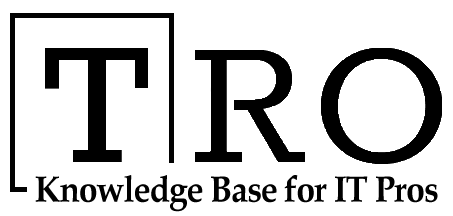Distributed Ledger Technology: A Comprehensive Overview
If you’ve been following cryptocurrencies and blockchain, you’ve heard about distributed ledger technology (DLT). Although the idea of distributed computing isn’t entirely new, the execution of distributed ledgers is one of the most ingenious inventions of our time.
In very simple terms, distributed ledger technology may be defined as tech protocols and infrastructure that allow concurrent access to records, updates, and validations across a network of databases. In this article, we explore the differences between DLTs and blockchain and explain their benefits and limitations.
Contents
Distributed Ledger Technology vs Blockchain
Benefits of Distributed Ledger Technology
Distributed ledger technological solutions are important because they have the potential to change how companies, governments, and other entities record, store, and distribute information. Their value is demonstrated by the range of benefits they offer, which include:
1. Eliminating Fraud
2. Improving Efficiency
Distributed ledgers automate transactions and eliminate intermediaries. Since they facilitate automatic execution of transactions upon fulfillment of contract conditions, DLTs reduce human interaction in transactions. This streamlines organizational processes, increases efficiency, and reduces costs for organizations.
3. Immutability
Distributed ledgers allow users to make database entries without involving third-parties. Once records are entered into the ledgers, they cannot be altered. This means your records remain secure until the ledgers have been distributed.
4. Decentralization
DLT systems are highly decentralized. They store data across database networks in an accurate and consistent manner, which helps in reducing discrepancies and errors.
5. Greater Transparency
Distributed ledger technology enhances visibility of system operations for all users, which enhances transparency of transactions and data. With greater transparency, businesses, and governments enjoy stakeholder trust.
Limitations of Distributed Ledger Technology
Distributed ledgers have several limitations due to their infancy. These limitations include:
1. Complex Technology
2. Lack of Regulatory Clarity
Regulation is among the major limitations of distributed ledger technologies. Across the world, governments struggle to regulate DLTs like blockchain. This lack of clarity in the regulatory environment causes confusion and uncertainty for business. Without clear regulation, distributed ledger solutions cannot reach their full potential.
3. Slow Adoption
Distributed ledgers can only transform business operations through widespread adoption. However, awareness of how these technologies work remains low. Additionally, most people hesitate to try new technologies, which further slows down their adoption rate.
4. The Interoperability Challenge
Most DLT systems run independently without communicating with each other. This makes it impossible for users to move information or assets from one system to the other. Although there are efforts to fix this operation issue. But it’ll take time before such a solution is developed.
Conclusion
They improve efficiency and offer transparency and better security. However, these benefits are curtailed by the complexity of these technologies, unclear regulations, and slow adoption. As DLTs advance, these drawbacks will be addressed and the potential of these technologies realized.

